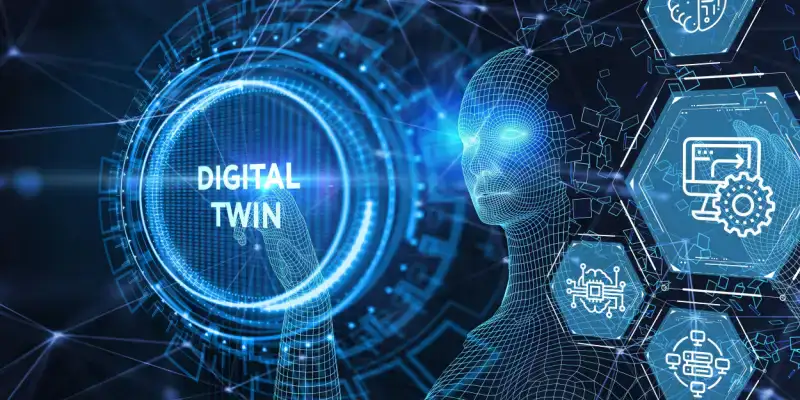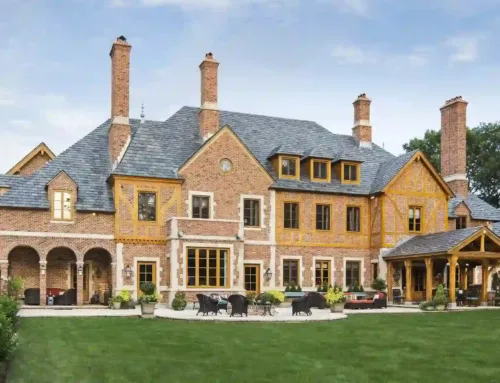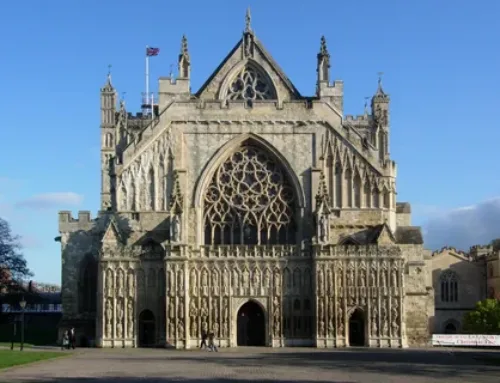What Is Digital Twin Technology? A New Era in Urban and Architectural Design
Digital Twin Technology has gained ground as the latest buzzword in the last couple of years regarding urban planning and architectural design. It is reinventing the entire cycle of designing and constructing buildings, followed by maintenance. Digitally creating a virtual twin of real-world buildings and environments allows them to be simulated, while their performance can be analyzed and predicted in previously impossible ways.
This technology, however, is not futuristic anymore, but is becoming part and parcel of an important technological tool for smarter, more sustainable cities.
What is Digital Twin Technology?
It refers to developing a highly accurate virtual model of a physical object, building, or environment.
However, the model is updated again and again from sensors, IoT devices, and other sources. This helps architectural and urban design specialists to look at what they expect from a building or a city before any change in the field.
A digital twin is unlike a static blueprint and, like an active, evolving city, evolves with the construction. Hence, there is no other way architects, engineers, and urban planners may monitor performance, predict maintenance, and optimize their designs to such an extent of precision.
How Digital Twin Modeling Works?
The Digital Twin Modeling process starts with data collection, design files, laser scans, drone surveys, and sensor feedback, among others. This data is fed into specific software programs to realize 3D digital models of the building or city environment. Once the model was complete, the very next thing would be to enhance it with more information.
The established outcome is a dynamic, lively model that behaves like a live copy of the real thing. A city might use this model to recreate scenarios of a new transport system, flood defenses, or traffic flow. In architecture, the various materials, layouts, and energy systems can be tested long before even the first construction begins.
Digital Twin Technology in Urban Planning
Digital Twin plays a vital role in the development of smart cities. The virtual model could, in turn, help the planners understand how buildings and earth infrastructure interact with each other. With the environment and warning of potential problems such as those of high energy use, air pollution, and traffic congestion, before they become really serious ones.
They may also be used to simulate situations such as those for cities to plan for future population growth and changes in climate, and the demand for new infrastructure. A notable instance is ‘Virtual Singapore’, a 3D digital twin of Singapore that serves as a testbed for policies, emergency responses, and development plans in a safe, virtual environment.
Role in Architectural Design
Normally, a digital twin model would work with architectural 3D modeling services to either create and refine an actual building model before construction. Performance data in real-time sets a digital twin apart from an ordinary 3D model.
Having that annotated allows architects to see not just how a building would look but rather how it will react under various conditions. They can forecast energy systems, analyze natural light, and even do life cycle prediction on materials.
Benefits of Digital Twin Technology in Architecture and Urban Design
The costs and benefits of combining Digital Twin Technology with Architectural 3D Modeling Services:
Improved Decision Making
Virtual simulations can help in testing multiple design scenarios and, thus, one can make wiser decisions about the creation of buildings.
Cost Savings
Too much cost is involved during the time spent in the construction of a building to recognize flaws or inadequacies in the designs. Before building, this reduces the changeover costs considerably.
Sustainability
Systematic energy modeling, along with environmental impact analysis, can help in designing greener buildings and cities.
Predictive Maintenance
Real-time data monitoring can use reactive maintenance, as it allows excellent planning regarding repair and, thus, an expansion of the lifetime of the infrastructure.
Collaboration
Interactive modeling improves communication between architects, engineers, and clients.
The Future of Digital Twin Technology in Design
Digital Twin Technology is capable of continuous enhancements in the future.
However, with the advances in 3D Modeling, the real versus virtual divide will continue to blur, creating ever-smarter and flexible environments.
Digital twins for cities may, in a practical sense, find their niche in planning, resource management, emergency responses, and environmental monitoring in the years to come. Buildings will become transformable and adjust their lighting, heating, or air conditioning based on real-time data collected over the years, thus proving efficiency and sustainability.
Conclusion
Now, TDT acquires a fresh perspective in the context of urbanization and architecture. Well, digital twin technology and advanced Architectural 3D Modeling Services present infinite opportunities for resilient designs and optimization from buildings to cities. Increasing acceptance of this technology will change not only the building process but also how humans reside and interact with their surroundings.





